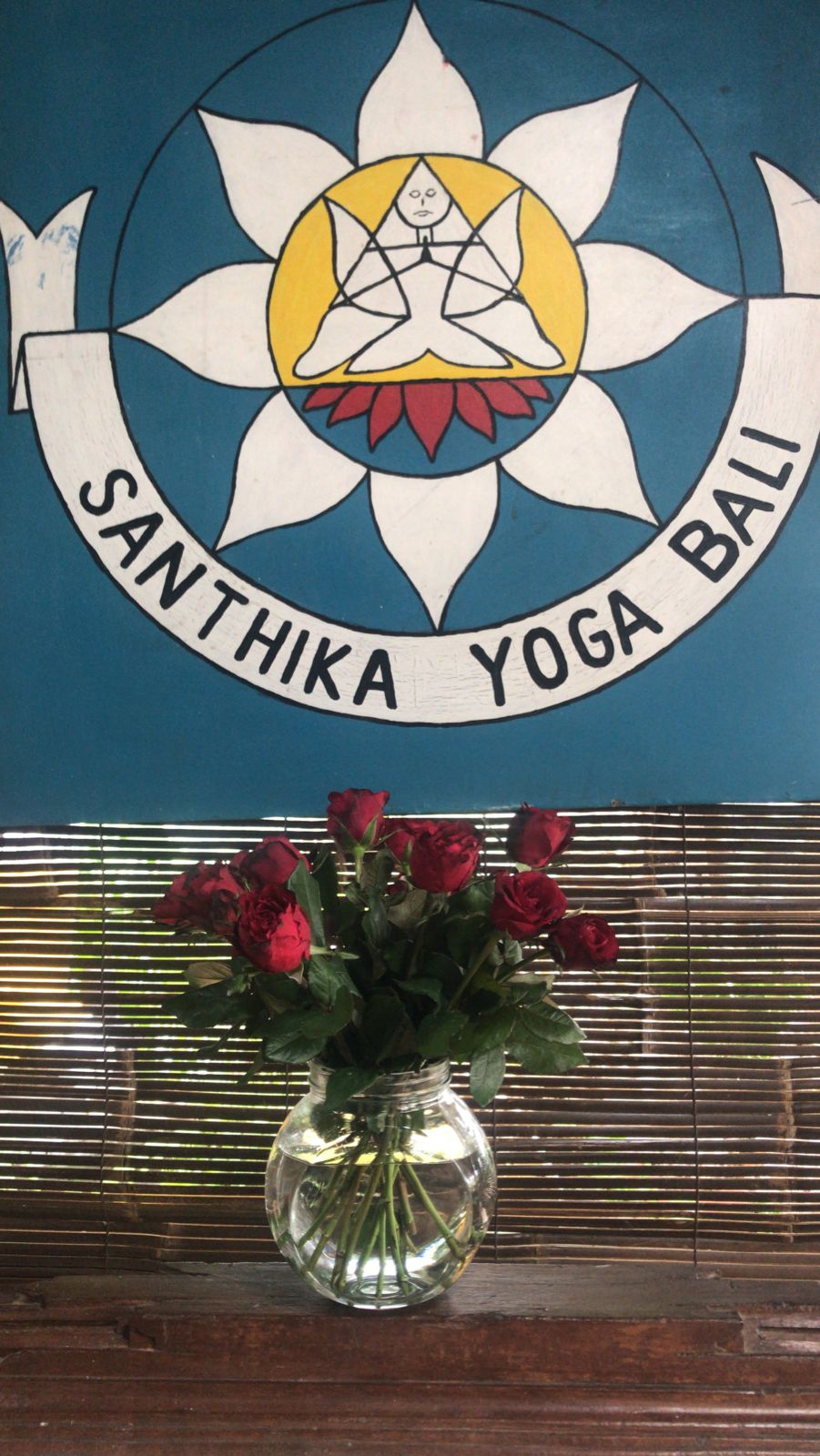Breaking Free from the Drama Triangle: Understanding and Escaping the Karpman Triangle
- Santhika Retreat Center

- Dec 22, 2024
- 3 min read
In life, we often find ourselves entangled in complex relationships that leave us feeling drained, frustrated, or confused. One of the most useful psychological frameworks for understanding these dynamics is the Karpman Drama Triangle, developed by Stephen Karpman in 1968. This model outlines three roles people often adopt in conflict or dysfunctional interactions: Victim, Rescuer, and Persecutor. The Drama Triangle is a cycle of blame, control, and dependency—but the good news is that we can learn to step out of it and foster healthier relationships.

Understanding the Roles in the Drama Triangle
The VictimThe Victim feels powerless and trapped, often saying or thinking, “Poor me” or “I can’t do anything about this.” They seek validation for their helplessness and often look to the Rescuer to “save” them.
The RescuerThe Rescuer derives their sense of worth from helping others, but often at the expense of their own needs. They overextend themselves, swooping in to fix problems for the Victim without encouraging real change. Their mantra is, “Let me help you!”
The PersecutorThe Persecutor blames and criticizes others, maintaining control through intimidation or judgment. They often feel justified in their harshness, thinking, “This is your fault,” or, “You’re the problem.”
While these roles may shift and change during an interaction, the underlying dynamic remains the same: each role perpetuates the cycle of conflict and prevents real growth or resolution.
Why the Drama Triangle Is Harmful
The Drama Triangle traps people in unproductive and emotionally draining patterns. It encourages unhealthy dependencies, undermines personal responsibility, and limits genuine connection. For example:
The Victim stays stuck in their helplessness, avoiding accountability.
The Rescuer feels overwhelmed and resentful but cannot step away from “helping.”
The Persecutor isolates themselves through blame and control.
Breaking free from the Drama Triangle is essential for creating healthier, more authentic relationships.
How to Escape the Drama Triangle
The way out of the Drama Triangle is to transition into what’s often called the Empowerment Triangle or Winner’s Triangle, which replaces the dysfunctional roles with healthier alternatives: the Creator, the Coach, and the Challenger.
From Victim to CreatorInstead of focusing on what’s wrong or feeling powerless, the Creator takes responsibility for their life. They focus on possibilities, solutions, and their ability to take action.Ask yourself: “What can I do to improve this situation? What do I want to create?”
From Rescuer to CoachThe Coach provides support and guidance without taking on someone else’s problems. They empower others to find their own solutions rather than solving problems for them.Ask yourself: “How can I support you in finding your own way forward?”
From Persecutor to ChallengerThe Challenger sets healthy boundaries and encourages others to grow by holding them accountable without judgment or blame. They are firm but fair, fostering mutual respect.Ask yourself: “How can I express my concerns constructively? How can I inspire positive change?”
Practical Steps to Break Free
Awareness Is KeyNotice when you’re slipping into the Drama Triangle. Reflect on your patterns in conflicts or challenging relationships. Are you playing the Victim, Rescuer, or Persecutor?
Set BoundariesClearly define your limits and communicate them with kindness and respect. This helps prevent you from taking on roles that don’t serve you or others.
Take ResponsibilityOwn your part in the dynamic. Shift your focus from blaming others to understanding how you can contribute to a healthier interaction.
Empower OthersResist the urge to fix, blame, or control. Instead, encourage others to take responsibility for their own lives and decisions.
Practice Self-CareBreaking free from the Drama Triangle requires energy and emotional resilience. Make self-care a priority to maintain balance and perspective.
Final Thoughts
The Karpman Drama Triangle is a powerful tool for recognizing unhealthy relational patterns and stepping into more empowering roles. By shifting from Victim to Creator, from Rescuer to Coach, and from Persecutor to Challenger, you can cultivate healthier relationships, foster personal growth, and live a more fulfilling life.
Remember, breaking free from the Drama Triangle isn’t about blaming yourself or others—it’s about taking responsibility for your role in the dynamic and choosing a new path forward. When you embrace this transformation, you’ll find not only freedom but also deeper connections and a greater sense of empowerment.








Comments